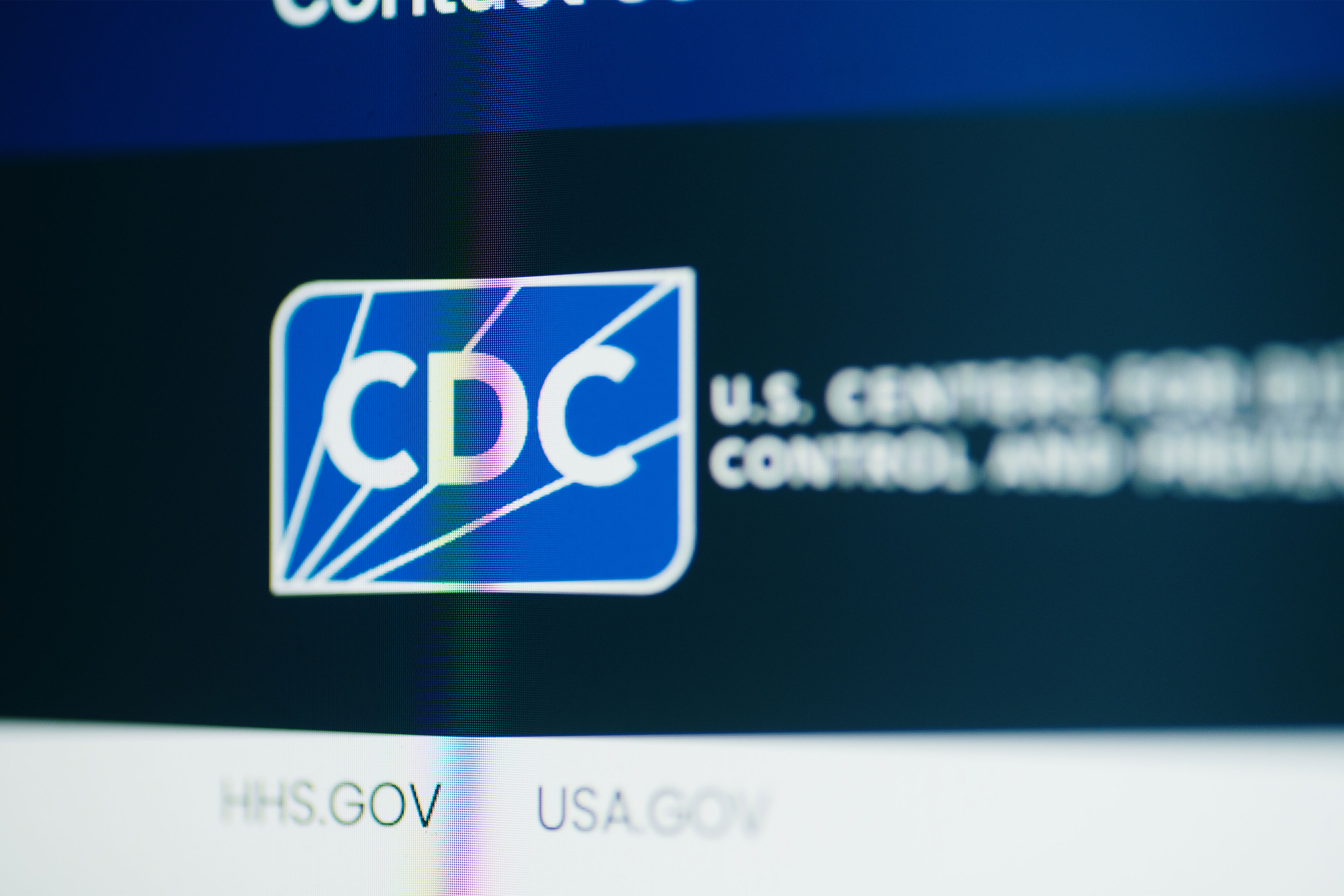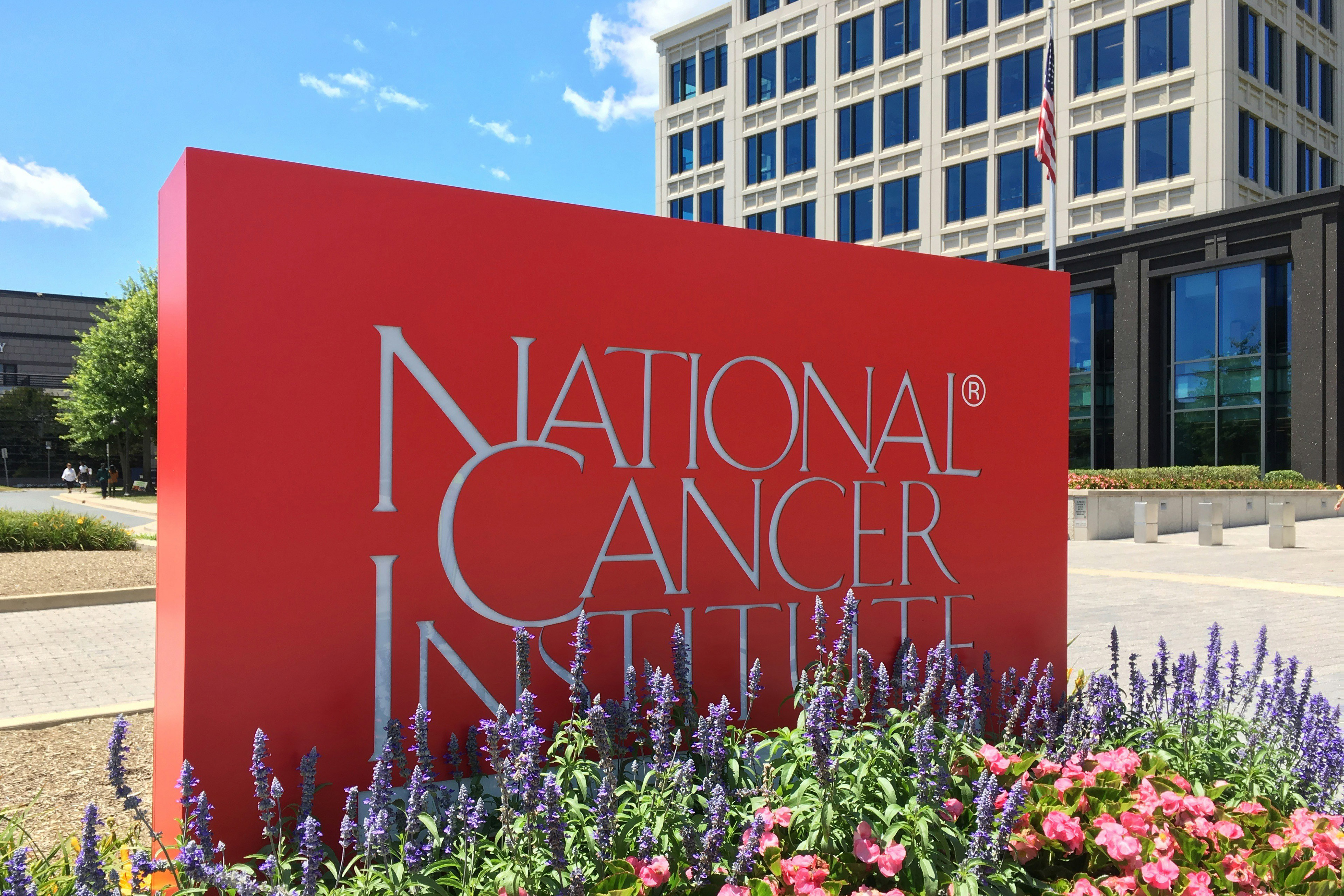The pharmaceutical industry is a powerhouse of innovation and economic influence. Within this vast sector, certain companies stand out due to their substantial sales figures and market influence. These biggest pharmaceutical sales companies are not only leaders in revenue generation but also spearhead advancements in medical research, development, and distribution. Understanding these giants is crucial for anyone interested in the evolving landscape of healthcare and pharmaceuticals.
Pharmaceutical sales giants like Pfizer, Johnson & Johnson, and Roche have consistently posted impressive sales figures over the years. Their ability to innovate and adapt to market demands has kept them at the forefront. With a robust portfolio of products ranging from vaccines to specialty drugs, these companies have made significant contributions to improving global health outcomes.
Moreover, their influence extends beyond sales; they are often involved in shaping healthcare policies, funding groundbreaking research, and setting industry standards. Their global reach ensures that they play a pivotal role in addressing public health crises and meeting the healthcare needs of diverse populations.
As we delve deeper into the specifics of these companies, it becomes evident that their success is a combination of strategic acquisitions, extensive research and development, and effective market penetration. For those interested in the dynamics of the pharmaceutical industry, keeping an eye on these leading players is essential.
Stay Informed about the latest trends and updates in the pharmaceutical industry by visiting PharmaTech News.
Top Pharmaceutical Companies by Revenue

When examining the biggest pharmaceutical sales companies, revenue is a key metric that highlights their market dominance and financial health. Among the top players, several companies consistently rank high due to their extensive product pipelines, strategic market positioning, and innovative approaches.
Pfizer, renowned for its COVID-19 vaccine, has seen a significant surge in revenue, reaching over $80 billion in recent years. This American pharmaceutical titan continues to lead the industry with a diverse range of products spanning oncology, immunology, and cardiovascular health.
Another major player, Johnson & Johnson, not only excels in pharmaceuticals but also in consumer health products and medical devices. Its pharmaceutical segment alone generates over $50 billion annually, thanks to blockbuster drugs like Stelara and Imbruvica.
Roche, a Swiss multinational healthcare company, is a leader in biotechnology with a strong focus on oncology, immunology, and infectious diseases. Roche’s innovative therapies and diagnostics contribute to its impressive revenue of over $60 billion.
Merck & Co., known for its cancer treatment Keytruda, also ranks among the top with revenues surpassing $45 billion. The company’s commitment to research and development ensures a steady stream of new products and sustained growth.
These companies, among others, not only dominate in terms of revenue but also set benchmarks for the industry. Their financial success is often a reflection of their ability to innovate, effectively manage their portfolios, and meet the evolving needs of the healthcare sector.
Market Influence and Global Reach

The biggest pharmaceutical sales companies not only generate substantial revenue but also wield considerable market influence and have an extensive global reach. Their impact is felt across various facets of the healthcare industry, from drug pricing and availability to shaping regulatory policies and advancing medical research.
Take, for instance, Pfizer. Its partnerships and distribution networks span continents, ensuring that its products reach markets from North America to Asia and Africa. The company’s influence is especially evident in its role in the global rollout of the COVID-19 vaccine, which has been a game-changer in the fight against the pandemic.
Similarly, Johnson & Johnson’s global presence is marked by its operations in over 60 countries and products available in over 175 countries. This widespread reach enables the company to address diverse healthcare needs and adapt to different regulatory environments, enhancing its market influence.
Roche’s global footprint is equally impressive. With a strong presence in Europe, North America, and Asia-Pacific, Roche leverages its extensive research collaborations and strategic partnerships to maintain its leadership in personalized healthcare and diagnostics.
Another notable example is GlaxoSmithKline (GSK), which has a significant market presence in emerging economies. By focusing on global health issues such as infectious diseases, GSK not only enhances its market influence but also contributes to improving healthcare outcomes in underserved regions.
The market influence and global reach of these pharmaceutical giants are pivotal in shaping the future of healthcare. Their ability to navigate complex international markets and regulatory landscapes ensures that they remain at the forefront of medical innovation and public health initiatives.
Key Products Driving Sales

The success of the biggest pharmaceutical sales companies is often driven by a few key products that generate substantial revenue and maintain their competitive edge. These products are typically blockbuster drugs that have not only revolutionized treatment protocols but also established themselves as household names in the healthcare industry.
Pfizer’s portfolio includes some of the most well-known drugs on the market. One of its most significant products is Lipitor, a cholesterol-lowering medication that has been a top seller for years. Additionally, the company’s COVID-19 vaccine, developed in partnership with BioNTech, has become a cornerstone of its recent success, with billions of doses distributed globally.
Johnson & Johnson’s key products include its suite of consumer health products like Tylenol and Band-Aid, but its pharmaceutical division is bolstered by drugs such as Stelara and Remicade, which are crucial in the treatment of autoimmune diseases. These medications have significantly contributed to the company’s robust sales figures.
Roche’s success is largely attributed to its oncology portfolio. Drugs like Herceptin, Avastin, and Rituxan have been groundbreaking in cancer treatment, making Roche a leader in the oncology market. These drugs not only drive sales but also reinforce Roche’s reputation for innovation in cancer therapy.
GlaxoSmithKline (GSK) has made its mark with products like Advair, a leading treatment for asthma and COPD, and its suite of vaccines, including those for hepatitis and rotavirus. The company’s focus on respiratory and immunology products has been instrumental in driving its revenue.
These key products not only bolster the sales figures of their respective companies but also highlight the innovative capabilities and strategic focus areas of the biggest pharmaceutical sales companies. The continuous development and marketing of these essential drugs ensure that these companies remain leaders in the global pharmaceutical market.
Challenges and Opportunities in the Industry

The pharmaceutical industry, while immensely profitable, is not without its challenges and opportunities. Companies within this sector must navigate a complex landscape that involves regulatory hurdles, high research and development (R&D) costs, and intense market competition.
One of the primary challenges is the stringent regulatory environment. Pharmaceuticals must undergo rigorous testing and approval processes before they can be brought to market. This can take years and cost billions of dollars, with no guarantee of approval. Moreover, the varying regulations across different countries add another layer of complexity for global companies.
High R&D costs are another significant challenge. Developing a new drug from concept to market can cost upwards of $2.6 billion. This immense financial burden necessitates that companies have strong financial backing and the ability to absorb potential losses if a drug fails in the late stages of development.
Market competition is fierce, with numerous companies vying for dominance in lucrative segments like oncology, cardiology, and immunology. The expiration of patents also opens the door to generic competitors, which can drastically reduce the market share and profitability of a previously exclusive drug.
However, these challenges also present unique opportunities. The rise of personalized medicine, driven by advancements in genomics and biotechnology, offers the chance to create highly targeted therapies that can command premium prices. Additionally, the growing emphasis on preventative care and chronic disease management opens new avenues for pharmaceutical companies to develop innovative solutions.
Furthermore, emerging markets in Asia, Africa, and Latin America present significant growth opportunities. As healthcare infrastructure improves and disposable incomes rise, the demand for pharmaceutical products is expected to surge in these regions, offering a lucrative market for companies willing to invest and navigate local complexities.
In summary, while the pharmaceutical industry faces substantial challenges, it is also brimming with opportunities. Companies that can effectively leverage these opportunities while mitigating risks will continue to thrive and lead in this highly competitive sector.
Future Outlook for Leading Pharma Companies
The future outlook for leading pharmaceutical companies is both promising and complex. As the industry continues to evolve, several key trends and factors are expected to shape its trajectory.
One significant trend is the growing importance of biologics and biosimilars. Biologics, which are complex molecules derived from living organisms, have shown tremendous promise in treating conditions such as cancer and autoimmune diseases. As patents on many first-generation biologics expire, biosimilars—essentially generic versions of biologics—are set to gain market share. This shift will require companies to adapt their strategies to maintain competitive advantage.
Another critical area is the rise of digital health. Technologies such as artificial intelligence (AI), machine learning, and big data analytics are transforming how drugs are discovered, developed, and marketed. These innovations promise to make R&D more efficient and cost-effective while also enabling personalized medicine approaches that tailor treatments to individual patients’ genetic profiles and health histories.
Additionally, the increasing focus on sustainability and ethical practices is likely to impact the industry. Consumers and stakeholders are demanding greater transparency and responsibility from pharmaceutical companies, pushing them to adopt greener manufacturing processes and more ethical business practices.
Geopolitical factors, such as trade policies and international relations, will also play a significant role. Companies will need to navigate this ever-changing landscape to ensure stable supply chains and market access. The ongoing COVID-19 pandemic has underscored the importance of resilience and adaptability in the face of global disruptions.
Finally, emerging markets will continue to be a major growth driver. Countries in Asia, Africa, and Latin America are investing heavily in their healthcare infrastructures, creating new opportunities for pharmaceutical companies to expand their reach and impact.
As we look ahead, it is clear that the pharmaceutical industry will remain dynamic and full of potential. The companies that can innovate, adapt, and lead will not only thrive but also make significant contributions to global health.
Stay Informed about the latest trends and developments in the pharmaceutical industry by visiting PharmaTech News.












